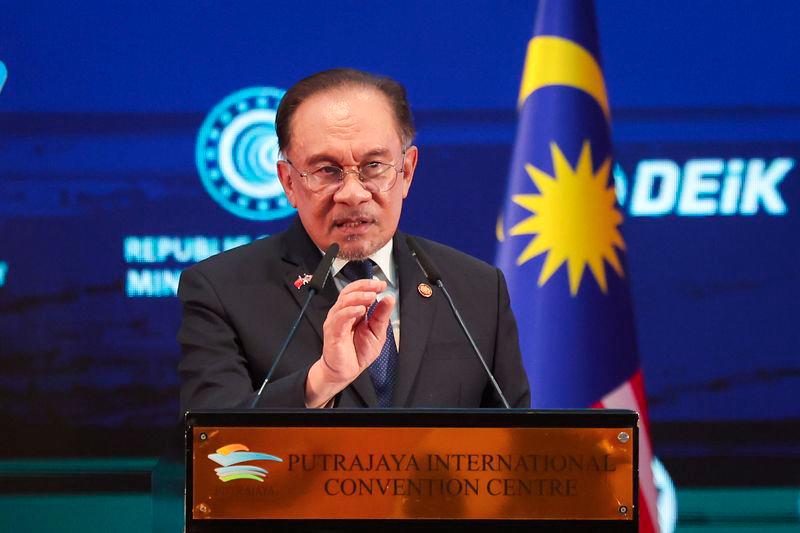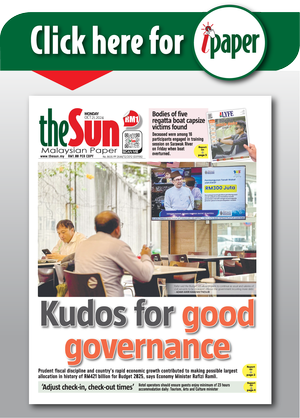PUTRAJAYA: Prime Minister Datuk Seri Anwar Ibrahim wants the use of the Federal Government Electronic Receipt System (iPayment) to be expanded to all federal ministries and departments by March.
He emphasised the need to accelerate the system’s implementation to ensure the public can promptly benefit from its enhancements and streamlined services.
“It is important to remember that the true measure (of success) lies in how the majority of people experience the benefits of the reforms we are discussing. That is why I am calling for the iPayment programme’s implementation to be expedited, moving the projected timeline from the end of April to early March,“ he said when launching the system’s expansion here today.
Anwar said the iPayment also plays a key role in driving digital transformation in the public sector towards a cashless community.
“In my view, iPayment is a significant step forward, not only as a new initiative but also in delivering direct benefits to the people by enhancing efficiency and reducing lengthy bureaucratic delays,“ he said.
The Prime Minister also said that Malaysia must move at a faster pace to stay ahead and avoid falling behind in digital transformation.
He added that the country’s progress in this field has remained relatively stagnant compared to several other nations, such as Estonia, the United Arab Emirates, and Saudi Arabia.
“When we look back 10, 15, or even 20 years ago, we were far ahead with all the strengths we had, but various challenges arose, ultimately causing our progress to stagnate.
“Therefore, we must catch up, and when we talk about institutional reforms, including in the public service, extraordinary speed is essential,“ he said.
iPayment is an integrated electronic collection system developed by the Accountant-General’s Department to manage and standardise government service payments.
It was developed in early 2022, with Phase 1 introducing an online portal. Phase 2, which begins today, expands its capabilities by adding payment channels at counters and through mobile applications.
The system offers government service users the option to make payments online using debit, credit and prepaid cards as well as internet banking, QR code, and e-wallet.









